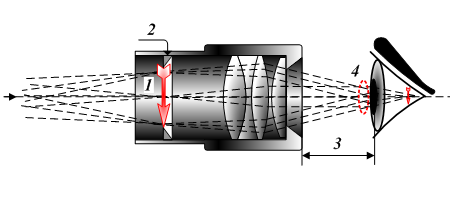
Photo by: Tamasflex Creative Commons
If you recently have had a conversation with an astronomer, then you’ve probably heard them mention the exit pupil as a certain eye piece in telescopes or binoculars. But what does exit pupil really mean, and how can it affect views when looking through a telescope?
By definition, exit pupil is the image of an object projected by the eye piece. Thus, all light passes through the exit pupil, and it should ideally be the same size as the pupil of your eye. Any millimeter larger can be harmful.
The exit pupil is calculated as the objective diameter partitioned by magnification. To find your binoculars’ or telescope’s exit pupil, determine the focal length of the instrument and divide it with the focal length of your eye piece. This will give the magnification of the telescope. Then divide the objective diameter by the magnification. Make sure to do this in the same unit, in millimeter.
An exact exit pupil for your telescope or binoculars means that it will provide a more detailed view of objects. You can even see the faintest objects in the farthest horizon. Exit pupils larger than 5 mm will tend to wash out detail and objects will be faint.
